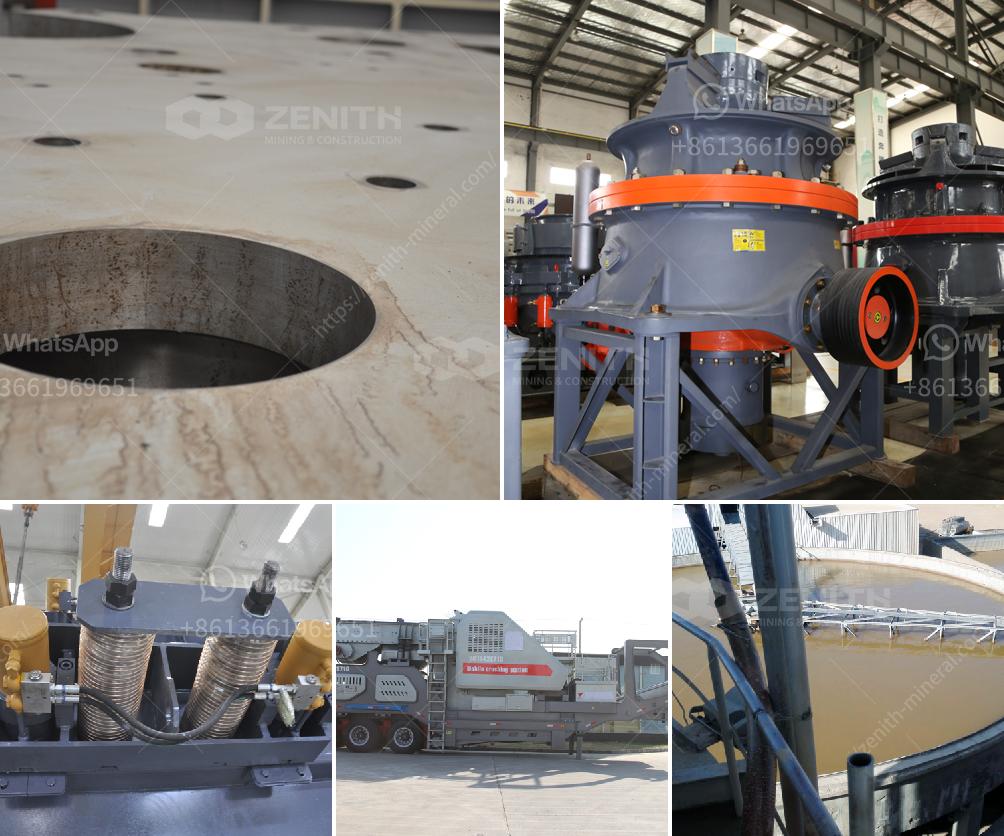Producing dolomite using a roller mill involves several steps and considerations to ensure the process is efficient and the final product meets the desired specifications. Here is a detailed explanation of the process:
Dolomite is a type of carbonate mineral that contains calcium magnesium carbonate (CaMg(CO3)2). The first step in producing dolomite powder is to source high-quality dolomite rocks. These rocks need to be mined from dolomite deposits and then transported to the processing plant.
Once the dolomite rocks are at the processing plant, they need to be crushed into smaller pieces. This is typically done using a jaw crusher or a cone crusher. The goal is to reduce the size of the rocks to a manageable size for the roller mill.
A roller mill is a type of grinding machine that uses cylindrical rollers to crush and grind material. Here’s how the process works:
The fine dolomite powder is collected using a cyclone separator or a bag filter. The collected powder is then stored in silos or packaged in bags for distribution. The packaging process ensures that the dolomite powder is protected from moisture and contamination.
Throughout the production process, quality control measures are essential to ensure that the dolomite powder meets the required specifications. This includes regular sampling and testing of the powder for particle size, purity, and other properties.
Producing dolomite powder can generate dust and other emissions. It is important to implement dust control measures, such as using dust collectors and maintaining proper ventilation in the processing plant. Additionally, any waste materials generated during the process should be managed and disposed of in an environmentally responsible manner.
Producing dolomite using a roller mill involves several steps, including raw material preparation, crushing, grinding, classification, collection, and packaging. Each step must be carefully managed to ensure the final product meets the desired specifications and quality standards. By following these steps and implementing proper quality control and environmental measures, high-quality dolomite powder can be produced efficiently.
